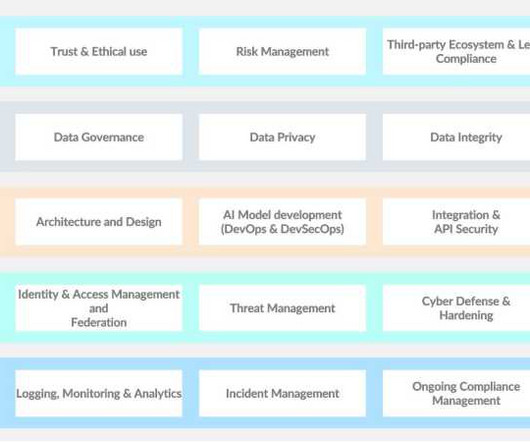ChatGPT, the rise of generative AI
CIO Business Intelligence
APRIL 25, 2023
A transformer is a type of AI deep learning model that was first introduced by Google in a research paper in 2017. ChatGPT was trained with 175 billion parameters; for comparison, GPT-2 was 1.5B (2019), Google’s LaMBDA was 137B (2021), and Google’s BERT was 0.3B (2018). What is ChatGPT? ChatGPT is a product of OpenAI.













Let's personalize your content